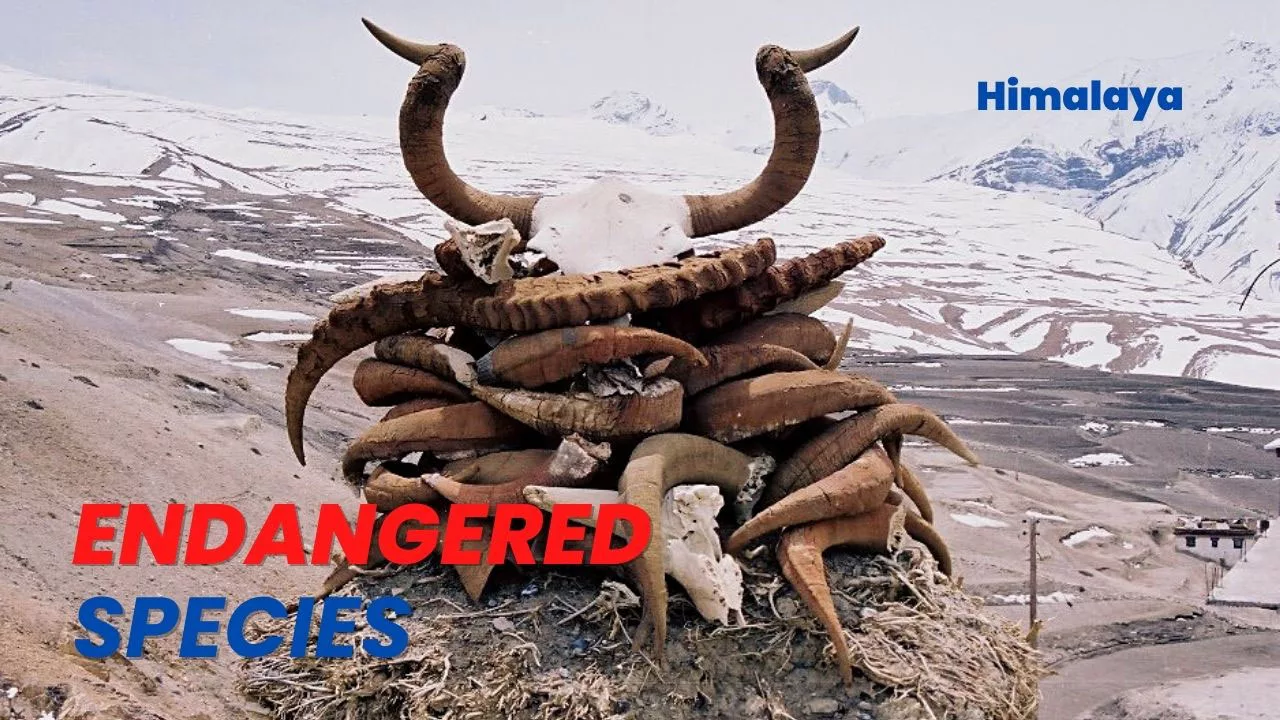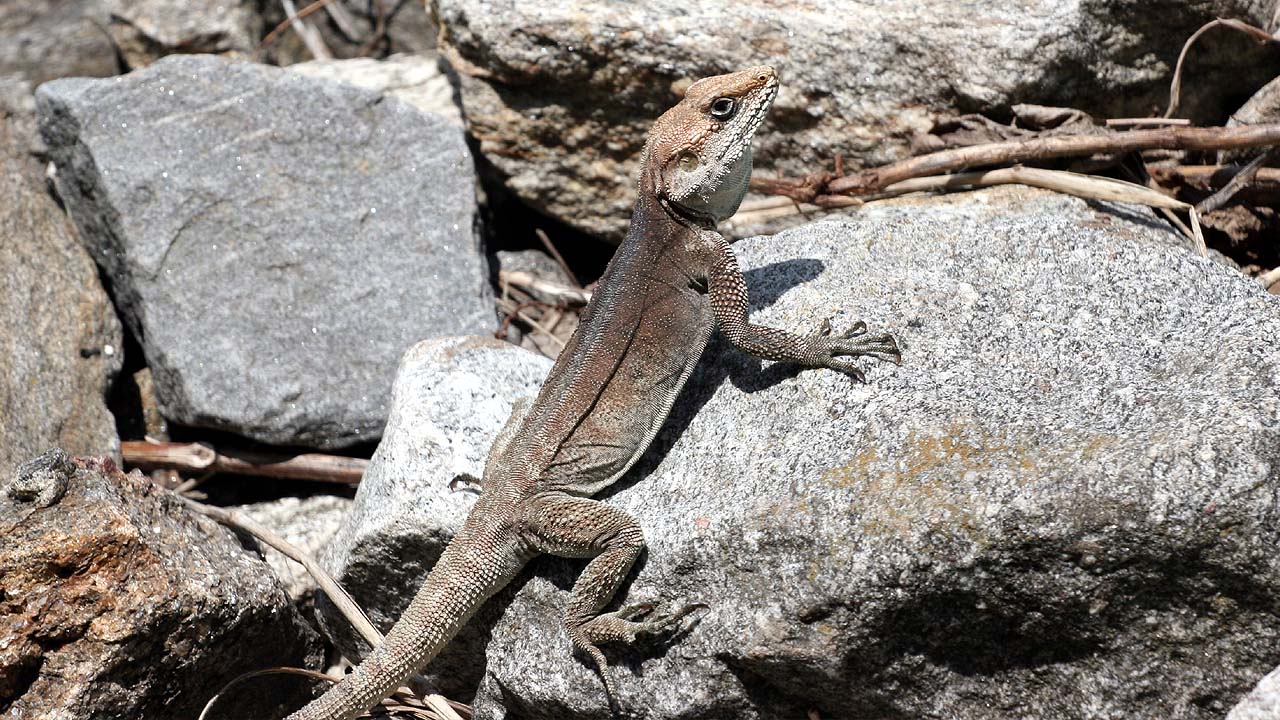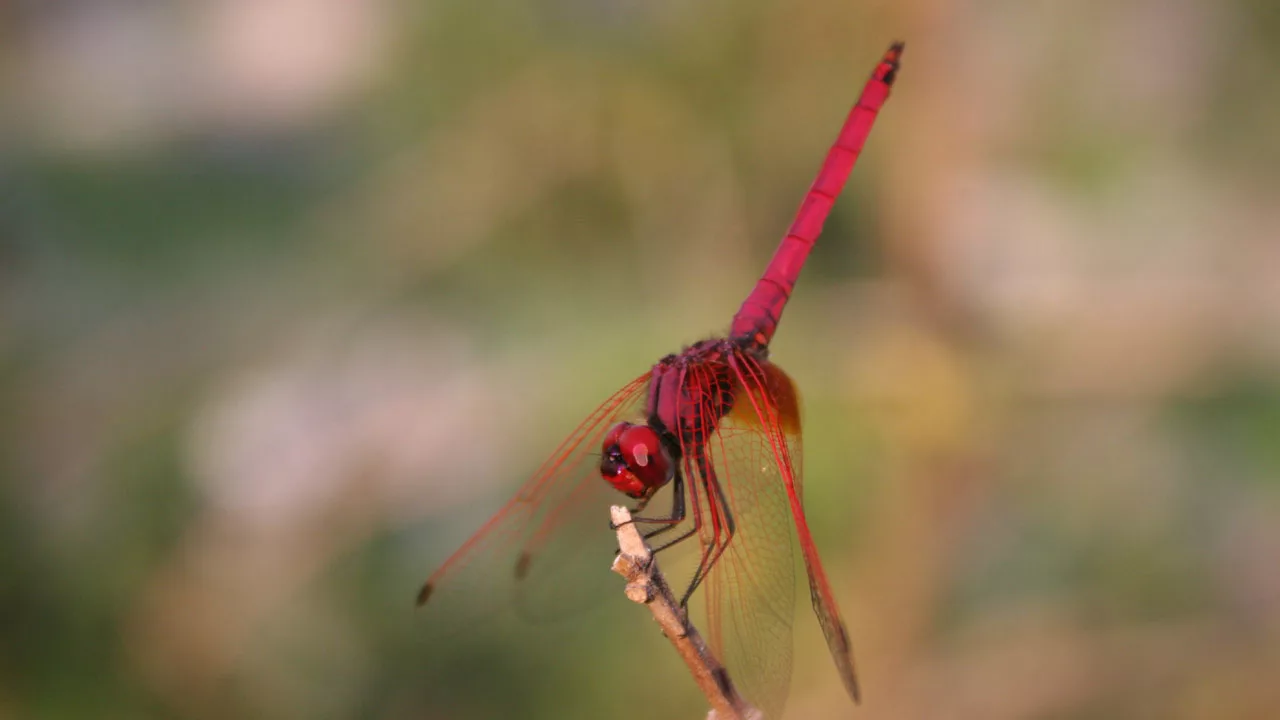Endangered Species – Himalaya
Indian Himalayas
Mountaineering in the Himalayan Hotspot is incredibly challenging. The scenery is both secluded and breathtakingly gorgeous. The unique flora and fauna, which includes over 400 species of snakes, lizards, and turtles; 300 species of birds, including the critically endangered Blue-throated Barbet (Psilopogon Asiaticus), found in the Himalayan foothills and Southeast Asia. It lives in a montane forest at elevations ranging from 200 to 2,000m and Indian Vultures (Gyps Indicus) and hundreds of endangered species such as the Western Ghats Giant Squirrel (Funambulus Tristriatus), and Orangutans (Pongo), often astound visitors. The hotspot is also home to a diverse range of species, including the Asian elephants (Elephas Maximus) and the Bengal Tiger (Panthera Tigris).
Himalayan Lammergeier
In Persian mythology, the Bearded Vulture (Gypaetus Barbatus), also known as the Lammergeier and Ossifrage, is a large bird of prey and a holy bird. The International Union for Conservation of Nature (IUCN) Red List lists this species as Near Threatened.
Access to these locations requires mountaineering skills. The Himalayan Hotspot is a very remote region. The mountains are among the highest in the world and are snow-covered all year. This makes it difficult for scientists to do research in the region. Residents in this area must also contend with challenging environmental circumstances. Because over half of the world’s population lives in cities, they do not have access to mountains. To put this into perspective, Bangkok alone has a population of almost 25 million people. Cities are also a major source of pollution and can be hostile environments for animals.

World’s highest mountains & Endangered Species
The Himalaya Hotspot is one of the most biodiverse regions on Earth and is home to some of the world’s most iconic species, such as Asian Elephants, Tigers, and Snow Leopards (Panthera Uncia). Snow Leopards reside in high alpine regions in the Himalayas, generally above tree lines and up to 18,000 elevations. There are just 450-500 snow leopards in India, according to the World Wildlife Fund (WWF). This endangered species, sometimes known as the ‘Grey Ghost,’ may be found in the western Himalayan regions.
The Himalaya Hotspot is home to some of the highest mountains on Earth. At least eight of the 14 peaks above 8,000 meters are located here, including Mount Everest (8,850m), K2 (8,611m), and Kangchenjunga (8,586m). These high-altitude mountain environments support some of the most unique species in the world. Many peaks in the Himalayas can be climbed without any technical equipment at all. Nonetheless, most visitors to these areas want to experience the excitement of climbing a mountain and reaching the summit.
What is Endangered Species?
“An endangered species is an organism that is on the verge of extinction.” When a species’ population has decreased by 50 to 70%, it is considered endangered. This decrease is assessed over a period of ten years or three generations of the species, whichever comes first.

The Indian Himalaya Hotspot is rich in biodiversity, covering western and southern India on the east-west axis. The hotspot comprises a wide variety of habitats, ranging from coastal, open dry grasslands to alpine meadows. The Himalayan hotspot is the only place in the world where two species of rhino live together, the Indian Rhinoceros and the Javan Rhinoceros, are the most threatened rhino species.
- The Indian Rhinoceros (Rhinoceros Unicornis), often known as the bigger one-horned rhinoceros, is the biggest of the three Asian rhinoceroses. It is classified as Vulnerable on the IUCN Red List due to fragmented and limited populations.
- The Javan Rhinoceros (Rhinoceros Sondaicus), also known as the smaller one-horned rhinoceros, is exclusively found on the Indonesian island of Java. It is the world’s rarest living rhinoceros and one of the most endangered mammals.
Highest levels of endangered species
- The hotspot has a rich diversity of mammals with 223 species including the endangered snow leopard and Asiatic Black Bear (Ursus Thibetanus).
- This region also has many threatened birds like the critically endangered and globally threatened Western Tragopan (Tragopan Melanocephalus).
- The Great Pied Hornbill (Buceros Bicornis). The hotspot has one of the highest levels of endemism in India, with over 80% of its species found nowhere else on Earth.
- The region also harbors many threatened mammals such as the Asiatic Elephant, Tiger, Leopard, and Gaur (Bos Gaurus), commonly known as the Indian bison and classified as Vulnerable on the IUCN Red List since 1986.
- There are also many endangered species of amphibians in the region.
- Numerous other Indian species are still at risk of extinction; for example, the extinction probability for Asian Lions (Panthera Leo Persica) is projected to be 96% during 100 years, 90% for Swamp Deer (Cervus Duvauceli), and 81% for Mouse Deer (Moschiola Meminna).
- Also, the Red Panda (Ailurus Fulgens), is an endangered species of broadleaf and coniferous forests in the Eastern Himalayas.
Endangered Himalayan black bear
The Himalayan Black Bear (Ursus Thibetanus Laniger), is often known as the Asiatic black bear or Moon bear. They reside in wooded and mountainous environments in the Himalayan foothills, at a height of fewer than 3,750 m. The IUCN Red List classifies Himalayan Black Bears as vulnerable.
Conclusion
The hotspot also hosts a great number of endangered species like the Asiatic Elephant and the Western Ghats Giant Squirrel and both are threatened by habitat loss caused by human development as well as climate change. The Red-faced Spider Monkey (Ateles Paniscus), commonly known as the Guiana spider monkey or the red-faced black spider monkey, has only been identified in two isolated populations in Venezuela and is one of the few vulnerable species living in the hotspot. Because of poaching and habitat degradation, the species is classified as Vulnerable on the IUCN Redlist. The last survey conducted was in 2005, and it found that there were fewer than 1,000 individuals left in the wild.